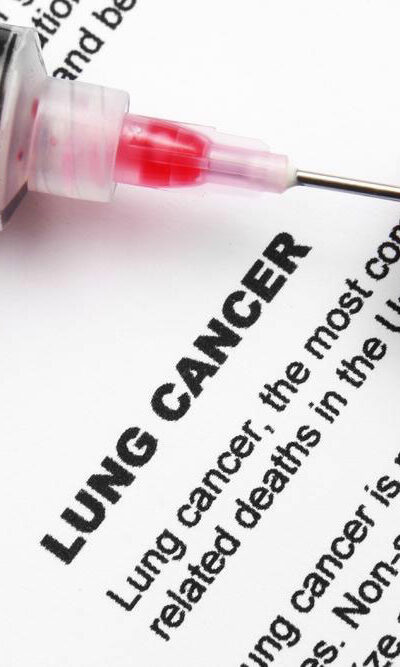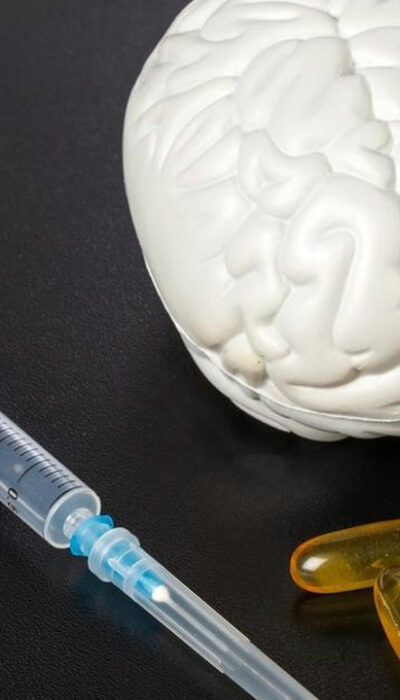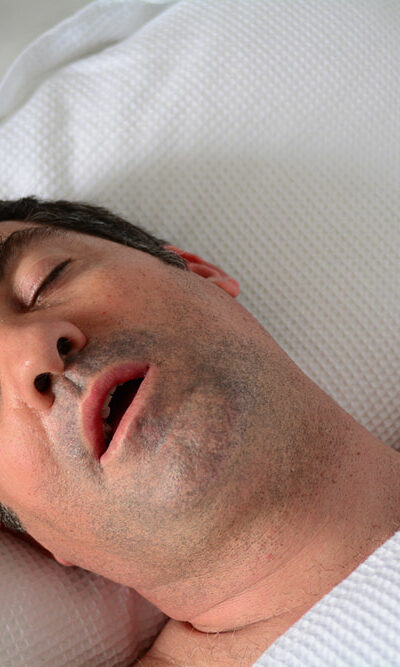
Remedies to Manage the Side Effects of Lung Cancer Treatments
Cancer is a life-threatening disease, and its prevalence is increasing with an increase in the risk factors like obesity. Other factors like smoking, pollution in the environment, or the inhalation of harmful chemicals or particles can cause several illnesses, one of which is lung cancer. According to the National Cancer Institute, lung cancer cases in the year so far account for nearly 13% of the total cancer cases in the country. There are multiple treatment methods that a person undergoes for lung cancer. Though treatments can treat cancer, they might cause side effects like dry mouth, nausea, diarrhea, and constipation. These can be managed through medication as well as diet. Different home remedies can help manage the symptoms and side effects of the treatments. Remedies for dry mouth Radiation therapy can often lead to dry mouth as the salivary glands are exposed to radiation. Salivary glands help lubricate the mouth with saliva, and the glands resume their functions after therapy, but they are not as effective as earlier. This causes dry mouth in lung cancer patients who have undergone radiation therapy. There are several home remedies one can take up to treat dry mouth: Rinsing the mouth with water frequently will help retain moisture in the mouth. One can rinse their mouth every 2-3 hours. Adding salt or baking soda to the water can increase the efficiency of this remedy. Regularly applying lip moisturizer will benefit one to keep their lips and mouth moist. Sucking hard candies that have low or no negligible sugar content helps redevelop saliva in the mouth, preventing dry mouth. One may also use cool mist room humidifiers at night to prevent dry mouth while sleeping. Remedies for nausea, vomiting, and diarrhea Chemotherapy used for treating lung cancer can cause vomiting, nausea, and diarrhea in patients.










